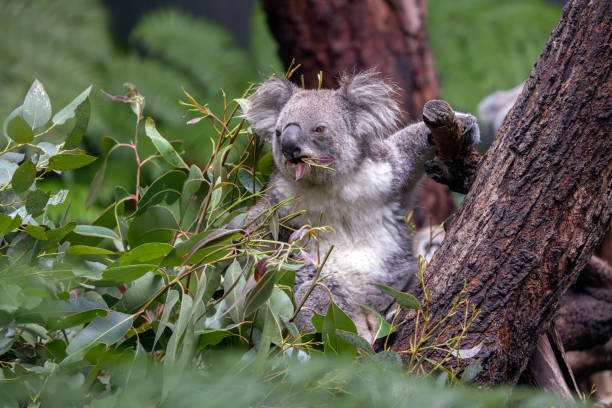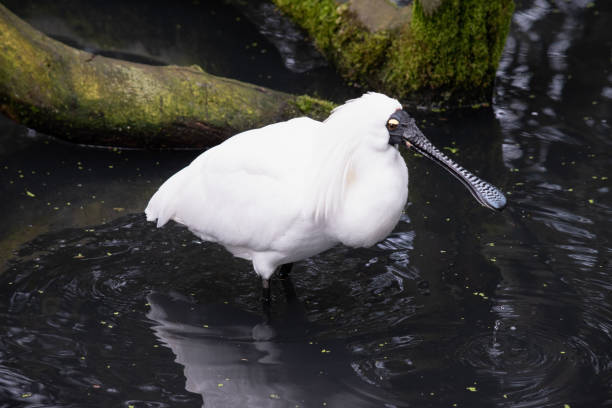Australia is a land renowned for its distinctive and diverse wildlife, with creatures that are not only intriguing but also critical to the ecological balance of its environments. Many species found in Australia exist nowhere else on Earth, making the continent a vast, living showcase of evolutionary uniqueness. This article will dive into the extraordinary lives of some of the most exclusive Australian animals, from the iconic kangaroo to the peculiar platypus, and explore why these species have become such emblematic symbols of the Australian natural heritage.
The Kangaroo: Australia’s Bouncing Icon

No discussion about Australian animals is complete without mentioning the kangaroo. These marsupials are synonymous with Australia, hopping through the vast outback and grassy plains with ease. Kangaroos have powerful hind legs designed for leaping great distances and tails that help maintain balance. Female kangaroos possess pouches in which they raise their young, known as joeys. These fascinating creatures are not only a source of national pride but also play crucial roles in their ecosystems, including seed dispersal and providing a food source for native predators.
The Koala: Australia’s Tree-Hugging Ambassador
Koalas are another Australian favorite, charming the world with their sleepy demeanor and eucalyptus munching habits. These creatures spend most of their time in eucalypt trees, which provide both food and shelter. Koalas have a highly specialized diet, feeding almost exclusively on eucalyptus leaves, which are toxic to most other animals. Their slow metabolism allows them to conserve energy, which is crucial given the low nutritional content of their diet. Koalas also have a unique vocalization technique, producing deep, rumbling barks despite their cuddly appearance.
The Platypus: A Quirky Creature of Mystery
The platypus is one of the most unusual animals not just in Australia, but in the entire animal kingdom. A semi-aquatic mammal that lays eggs, the platypus also features a duck-like bill, webbed feet, and a beaver-like tail. These features, which once baffled European naturalists, serve the platypus well in its habitat of Eastern Australian freshwater bodies. Platypuses are solitary creatures and have a highly specialized method of hunting called electroreception, allowing them to detect the tiny electrical signals generated by their prey underwater.
Echidnas: The Spiky Anteaters
Echidnas, along with the platypus, belong to a group of mammals known as monotremes, which are unique due to their egg-laying reproduction. These small, spiny creatures are found throughout Australia and are equipped with formidable claws for digging and a long, sticky tongue for capturing ants and termites. Interestingly, echidnas have no teeth; instead, they grind their prey between spines on their tongue and the roof of their mouth. They are also known for their remarkable ability to curl into a tight ball when threatened, protecting their soft underparts with a spiky armor.
The Wombat: Australia’s Burrowing Buddies
Wombats are another endearing Australian species, albeit less well-known internationally. These stout, bear-like animals are nocturnal marsupials that spend their nights foraging for grasses, roots, and bark. Wombats are particularly noted for their burrowing habits, creating extensive networks of underground tunnels to serve as shelter and protection. In a unique adaptation, wombats have toughened rear ends, which are used to block their burrow entrances or even to crush predators against the walls of their tunnels.
An Incomparable Avian Spectacle
Australia’s avian life is a storybook of colors and sounds. From the smallest hummingbirds to large, flightless birds like the emu, the continent boasts an avian tapestry that is bewildering in its complexity. One standout is the kookaburra, famous for its laughter-like call that echoes through the forests. Then there’s the highly intelligent Australian magpie, with its complex vocalizations and social behavior. But no list would be complete without mentioning the rainbow lorikeet, with its vibrant plumage and acrobatic displays, which is just one example from the extraordinary diversity of Australian birds.
In conclusion
In truth, the wildlife of Australia is much like the continent itself – vast, varied, and vibrantly unique. This article has touched on just a handful of the remarkable animals that call Australia their home, from the ever-popular kangaroo and cuddly koala to the enigmatic platypus and sturdy wombat. Their adaptations speak to the diverse habitats found across the land, and their stories are interwoven with the cultural and natural history of Australia. It’s clear that the continent’s isolation has given rise to an animal kingdom that continues to fascinate and inspire people the world over.
FAQs
- Why does Australia have such unique wildlife?
Australia’s unique wildlife is largely due to its geographic isolation from other landmasses. This led to the independent evolution of species over millions of years, many of which have adapted to the continent’s varied environments.
- What is the largest Australian animal?
The largest animal native to Australia is the red kangaroo, which can stand up to 6 feet tall and weigh up to 90 kilograms (198 pounds).
- Are koalas considered endangered?
Koalas are currently listed as “Vulnerable” under Australian law, and their populations are threatened by habitat destruction, disease, and climate change impacts.
- Can I keep a native Australian animal as a pet?
It is generally illegal to keep native Australian animals like kangaroos or koalas as pets. Special licenses are required and are typically granted for wildlife parks or rehabilitation purposes.
- What is the most dangerous animal in Australia?
Although Australia is known for its venomous snakes and spiders, statistically, the most dangerous animals could be considered the box jellyfish, responsible for more deaths in Australia than snakes, sharks, and crocodiles combined.
